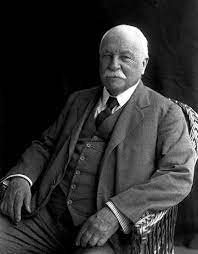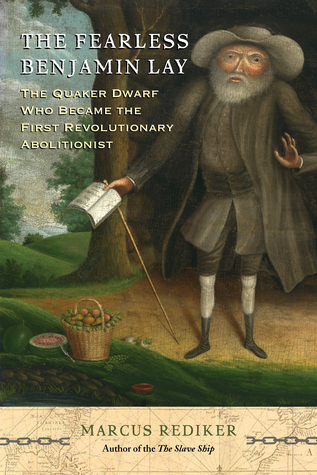Last Updated on June 29, 2024 by
Early life and family
William Dean Howells was the second of eight children born to William Cooper Howells and Mary Dean Howells on 1st March, 1837, in Martinsville, Ohio recently now known as Martins Ferry, Ohio. His dad worked as a newspaper editor and printer, and he moved and travelled throughout Ohio a lot. Later the family relocated to Hamilton, Ohio, in 1840, where his father contended a Whig newspaper and practiced “Swedenborgianism”. It was the longest time they had ever spent in one spot, approximately nine years. The family had to be economical, but the young Howells’ intelligent inclinations were nurtured by his parents. Later, He began assisting his father with typesetting and printing work at a young age, a vocation well known as a printer’s devil at the time. His father arranged for him to be born in 1852.
Early career
In the later years in 1856, Howells was elected as a clerk in the State House of Representatives. Also In 1858, he began to work at the “Ohio State Journal” where he wrote poetry and short stories, and also translated pieces from Spanish, French, and German. He avidly studied German including Spanish and French was greatly interested in “Heinrich Heine”. Subsequently in 1860, he visited “Boston” and met with writers James T. Fields, Oliver Wendell Holmes, Sr., Nathaniel Hawthorne, James Russell Lowell, Henry David Thoreau, and Ralph Waldo Emerson. He became a personal friend to many of them, as well as Henry Adams, William James, Oliver Wendell Holmes, Jr and Henry James.
Editorship and other literary pursuits
In 1865, the Howells family moved back to America and settled in Cambridge, Massachusetts. He contributed to publications such as The Atlantic Monthly and Harper’s Magazine. James Fields offered him a job as assistant editor at The Atlantic Monthly in January 1866, which he accepted after successfully negotiating a higher salary, though he was frustrated by Fields.
After 5 years as an assistant editor, Howells was promoted to editor in the year 1871 and stayed in that post till 1881. It happened he metMark Twain in the year (1869) and started a lengthy and strong connection with him. His friendship with journalist “Jonathan Baxter Harrison”, on the other hand, was crucial to the development of his writing style and his support for Realism. During the 1870s, Harrison authored a series of pieces for The Atlantic Monthly about regular Americans’ lives. During the Lowell Institute’s 1870–71 season, Howells offered a series of twelve lectures on “Italian Poets of Our Century.”
His first (1st) novel, “Their Wedding Journey”, was published in 1872, but it was the realism novel a Modern Instance in 1882, about the deterioration of a marriage, that cemented his fictional fame. His 1885 novel “The Rise of SilasLapham”, which records the rise and fall of an American-paint entrepreneur, became his most well-known work. His poetry were composed in 1873 and in 1886, and a volume called “Stops of Various Quills” was published in 1895. He was the founder of the American realist school, and he had little patience for other forms of fiction. In his works Annie Kilburn in the year 1888, A Hazard of New Fortunes in the year 1890, and An Imperative Duty in the year 1891, he expressed his social views strongly in the year 1891.
He did, however, frequently support new writers, such as Stephen Crane, Frank Norris, Hamlin Garland, Harold Frederic, Abraham Cahan, Sarah Orne Jewett, and Paul Laurence Dunbar, in whom he identified new ideas or new creative approaches.
Religion
Between 1889 and 1891, he joined a Christian socialist group in Boston and frequented a number of churches, including the First Spiritual Temple and the Church of the Carpenter, both of which were linked with the Episcopal Church and the Society of Christian Socialists. As a result of these influences, he began to write about social justice from a moral and egalitarian perspective, while also criticizing the social effects of industrial capitalism.However, he was not a Marxist.
Years later
Howells released The Flight of Pony Baker in 1902, a children’s tale inspired in part by his own youth. Near the same year, he acquired a summer home in Maine, Kittery Point, with a vision of the “Piscataqua” River. He went there every year until “Elinor” died, at which point he gave the house to his son and family and relocated to a house in York Harbor. In nineteen seventy nine, John Noyes Mead Howells, his grandson, presented the land to Harvard University as a monument. He was one of the first seven people to be elected to the American Academy of Arts and Letters in 1904, and he later became its president.
On May 11, 1920, shortly after midnight, Howells died in his sleep and was interred in Cambridge, Massachusetts. His daughter released his correspondence as a biography of his literary life eight years later.Howells believed that the future of American writing lay in novels, which he regarded as transitioning from romance to seriousness. Howells was a Christian socialist whose beliefs were heavily influenced by Leo Tolstoy, a Russian author.









